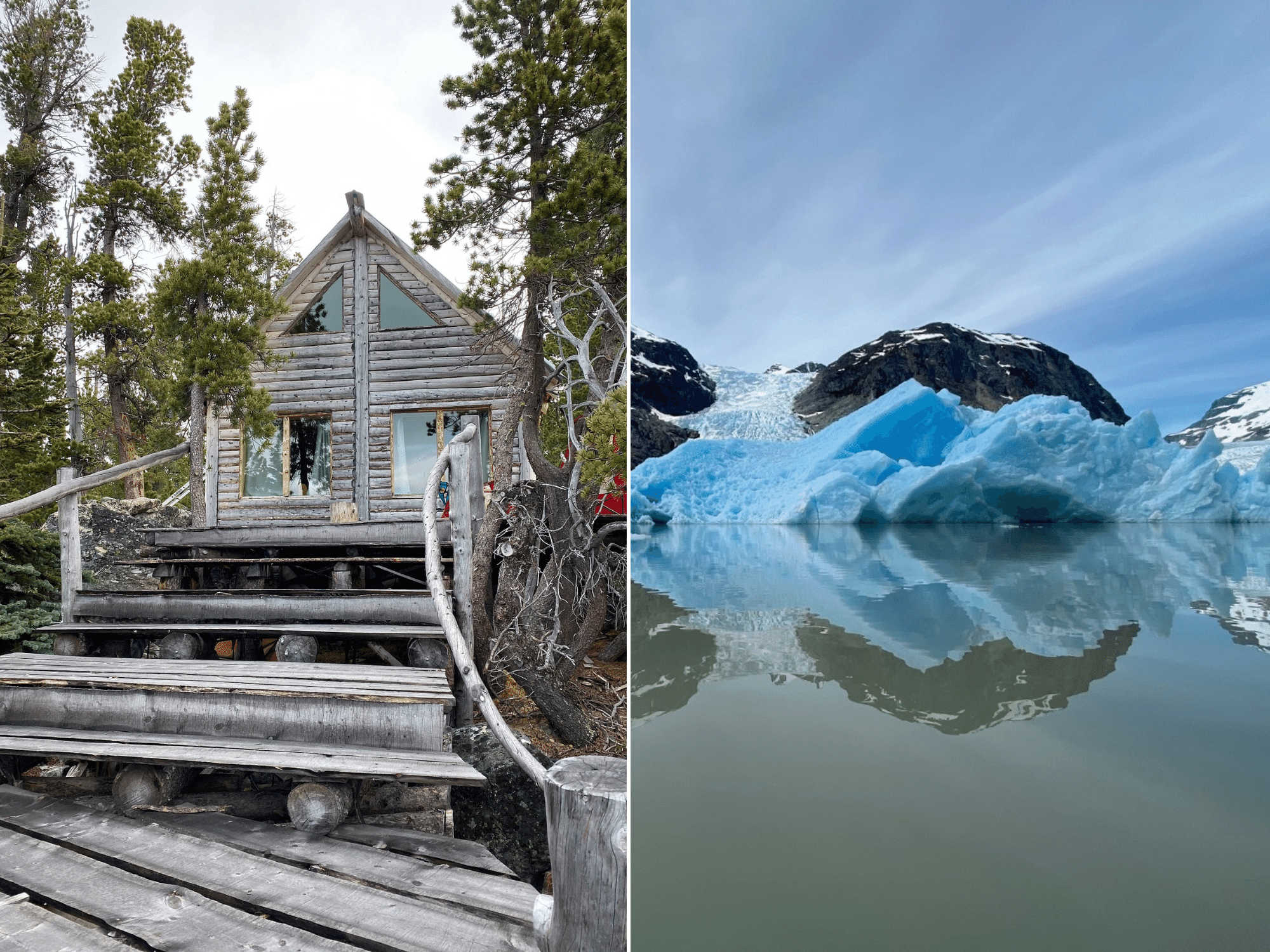Before I even set foot in BC’s Cariboo Chilcotin Coast region, I take in its spectacular beauty from my window seat on Pacific Coastal Airlines. Snapping photo after photo of the snow-capped mountains, the passenger behind me laughs and asks whether I’ve ever seen mountains before.
“Not like this,” I reply.
Few places so completely overwhelm me with their splendour as much as this place that's dubbed “Land Without Limits.” The Cariboo Chilcotin Coast covers 105,000 km2 of British Columbia and includes three distinct landscapes and ecosystems: deserts and sandstone canyons; evergreen timberlands and deciduous forests; and ocean fjords, alpine mountains and glaciers.
 Claudia Laroye
Claudia Laroye
The plane touches down in lush Bella Coola and a ground transfer begins the ascent up “The Hill” (Highway 20) to reach the vast Chilcotin Plateau. It feels like I have this enormous land to myself. The region is sparsely populated and according to Destination British Columbia’s (pre-Covid) numbers, represents just three per cent of overnight visitation to the province. This area remains unknown to most travellers.
Those who venture here and fall under its spell are rewarded with incomparable adventures in pristine rainforests, expansive alpine meadows and glacier-fed lakes, often without another soul for miles.
My destination is the high-altitude, fly-in Nuk Tessli backcountry lodge located on the shores of Whitton Lake, at the edge of BC’s largest provincial park, Tweedsmuir.
After an hour and a half later, the driving portion of the journey ends at Nimpo Lake ("Float Plane Capital of British Columbia") where I board a scenic 20-minute floatplane ride aboard Tweedsmuir Air. Below me, shimmering lakes and pine forests stretch beyond the horizon; the Monarch Ice Field looms in the distance.
 Claudia Laroye
Claudia Laroye Claudia Laroye
Claudia Laroye Claudia Laroye
Claudia Laroye
The name Nuk Tessli comes from the Carrier First Nations term for "west wind." The lodge is owned and managed by Doron Erel (the first Israeli to summit Mount Everest) and his family. Travellers make the lengthy (but well-rewarded) journey to reach Nuk Tessli to access a system of rugged, backcountry hiking trails, using the off-grid, three-cabin property as a base camp. Choose from guided day hikes into the alpine, flightseeing hikes to remote glacial lakes or multi-night backcountry camping tours.
During my stay, I take my pick of tailor-made hiking trips on trails like Lookout Loop, Three Brothers and the Mammaries. As my small group travels along the trails, the only signs of activity are our own footprints in the loamy forest floor.
Short floatplane trips from the lodge permit more remote wilderness adventures, including overnight trips to Ape Lake or day trips to glacial Jacobsen Lake. Surrounded by snow-covered peaks, the lake is fed by the Jacobsen Glacier, part of the Monarch Ice Field, the largest outside of the Arctic Circle.
 Claudia Laroye
Claudia Laroye
After landing on Jacobsen Lake and boarding a small boat, we navigate between bluish icebergs that dot the lake before reaching the glacier. I slip on crampons and rope up for our walk on an ice surface riven by crevasses. It is a humbling place. The silence broken only by the cracking of ice and trickle of glacial meltwater.
 Claudia Laroye
Claudia Laroye Claudia Laroye
Claudia Laroye Claudia Laroye
Claudia Laroye
The return flight to Nuk Tessli loops over the magnificent peaks of the ice field and passes Hunlen Falls. Tumbling 401 metres, it's Canada’s highest free-falling waterfall.
Once again, I am awestruck and overwhelmed by the stupendous landscape of the Cariboo Chilcotin Coast. Positioning my camera, I snap away.


